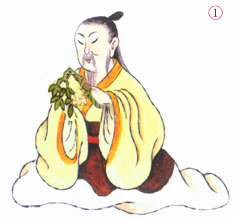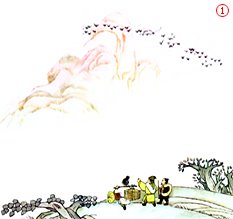Number Of Hiv Infected Persons In China Increased
According to the prediction of the specialists, if the annual rate of increase of HIV infection is kept at 30 % in China, to the year of 2010 the total number of the HIV infected persons will reach one million. However, in 2001 the rate of increase of HIV infection already reached 40%! Not long ago, the responsible officers of the Ministry of Health announced that the present situation is of far apart from the objective of 10 % and reminded the urgency of further strengthening of working intensity for prevention and treatment measures against AIDS.
By the end of 2001, there were 30736 HIV infected persons reported from 31 provinces throughout the country, among them there were 1594 cases of AIDS and 684 cases died. The route of infection was chiefly blood-born transmission, accounting for 68.0% of intravenous drug users, 9.7 % in blood (plasma) collecting procedures, 1.5 % during blood transfusion or the injection of blood preparations and 7.2 % of sexual transmissions. Among the registered AIDS cases and the HIV infected, the males were predominantly 80.70 % and the females 18 % who were mainly the adolescents and those in their primes of life with the age range of 20-29 in 53.6 %. According to the accumulated data from various sources, the descending order of the incidence in the 9 provinces, municipalities and autonomous regions throughout the country is as follows: Yunnan, Xinjiang, Guangxi, Guangdong, Henan, Sichuan, Beijing, Anhui and Shanghai. Some related data show that at present the HIV infected persons in the Western regions are chiefly the drug users, in the central region, the persons with past history of blood (plasma) donation and in the South-Eastern regions, chiefly the sexual transmission among prostitutes.
Throughout last year, a total of 8219 cases of HIV infections were reported all over the country, of them the drug users accounted for 59.7 %, the number of HIV infection resulted from sexual transmissions increased by 3 folds as compared to that of last year. The sum in the annual report of the whole country increased by 58.0 % as compared to the previous year. The related responsible person of the bureau of disease control, Ministry of Health, pointed out that as a result of more HIV infected cases were seen after blood collection and donation around 1995, the actual annual increase of HIV infected person last year was 40.0 %. The specialist of the of STD and AIDS Prevention and Control Center, China Center for Disease Control and Prevention estimated that by the end of last year the number of HIV infected persons was accumulated to 8.5 hundred thousand, among them there were approximately 2 hundred thousand cases of AIDS and approximately 80-100 thousand are still alive, while approximately 10-120 thousand were already dead.
Qi Xiaoqiu, Director-general of the Bureau of Disease Control, Ministry of Health said "Wen Lou village is a place of serious HIV infection in China; the health sections of Chinese government at all levels had throw into massive manpower and material resources for the treatment and salvage, for the help of the livelihood of HIV infected and their family members." According to the latest statistics of the department of health, Henan Province, up to the present, the medical expense of AIDS patients in this village in the amount of 556 thousand RMB was exempted one after another; the armamentarium and medical therapeutic articles with a total price of 255 thousand RMB were supplied which basically satisfied the medical treatment requirement of the patients in that village.








